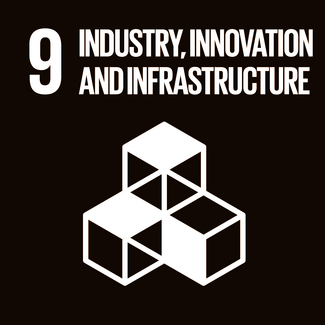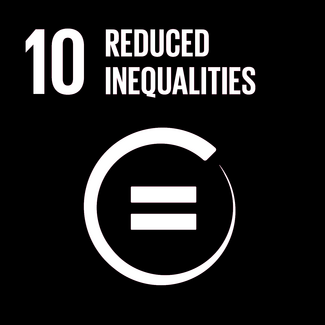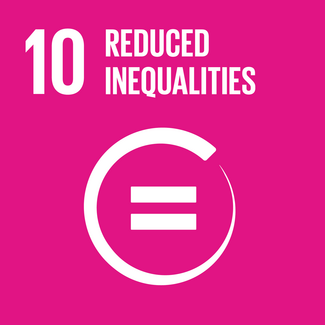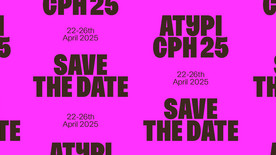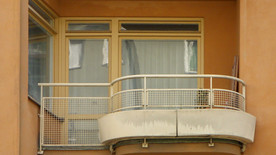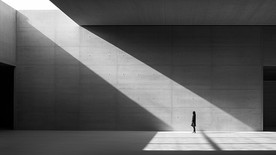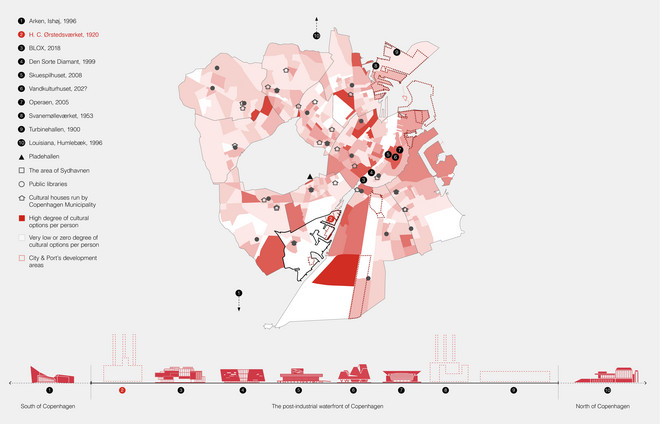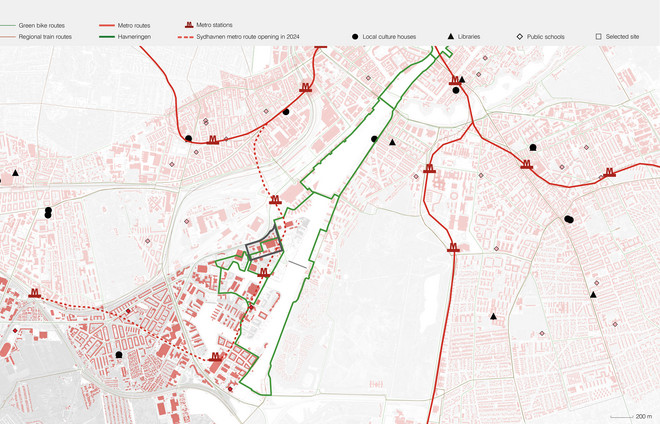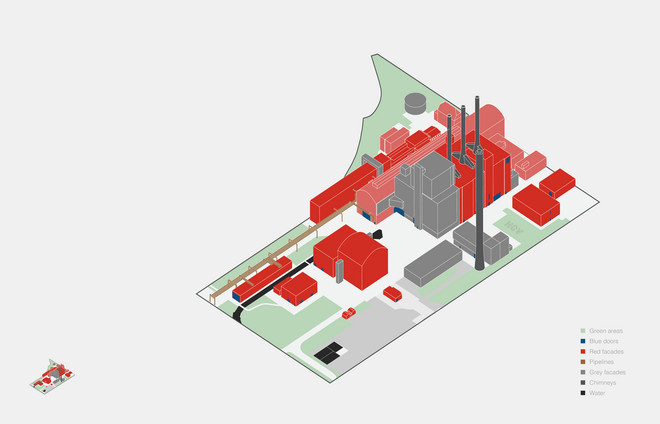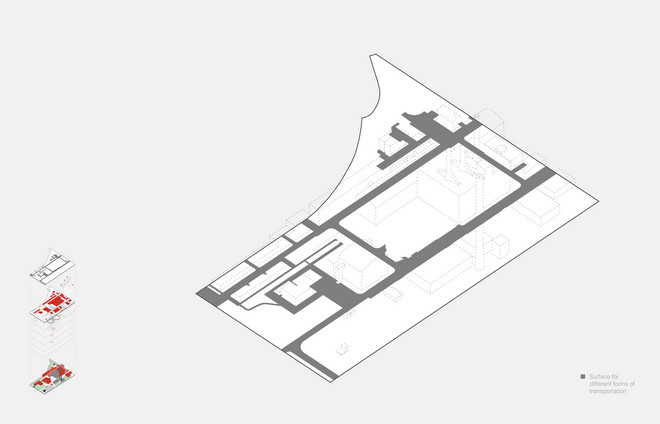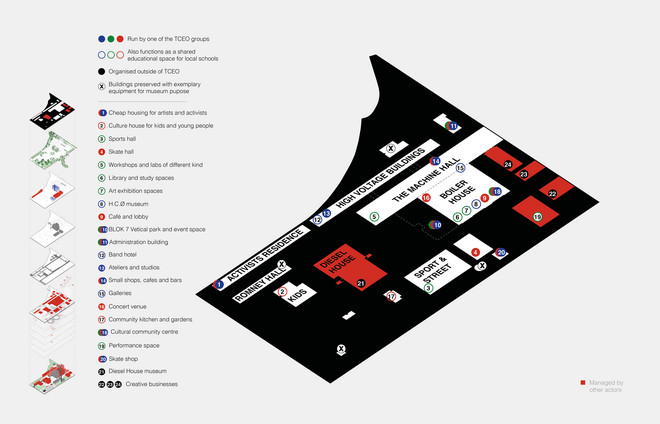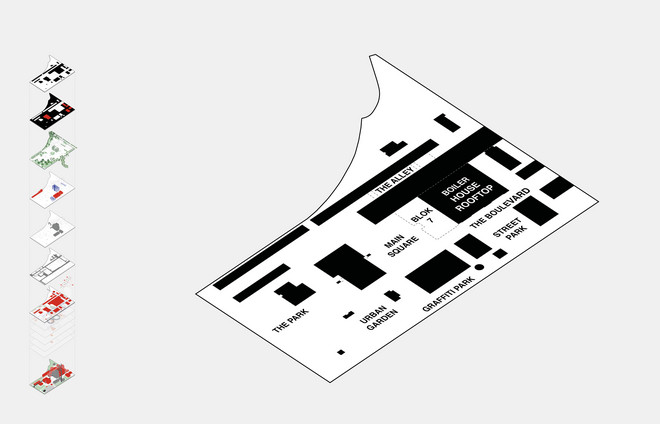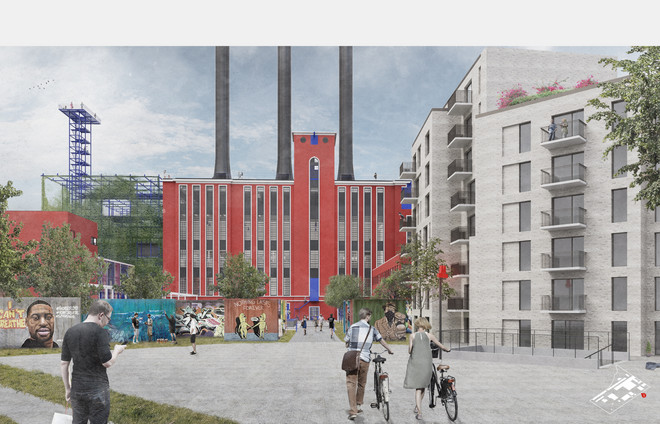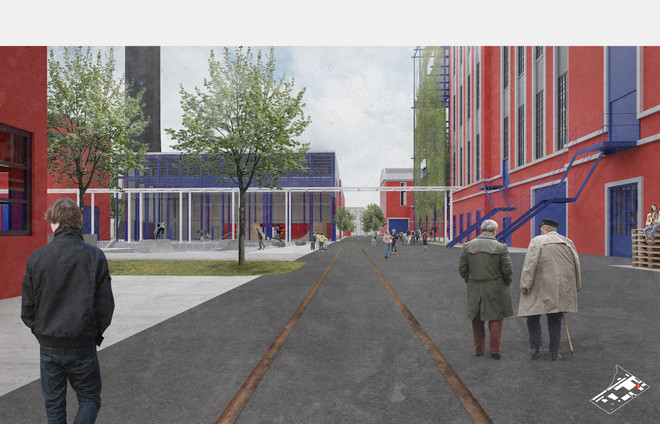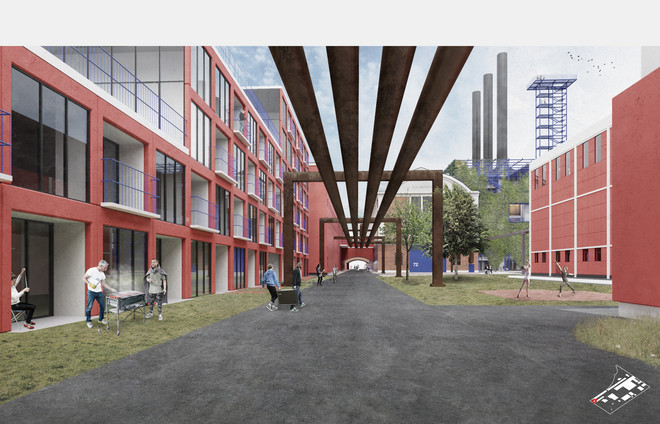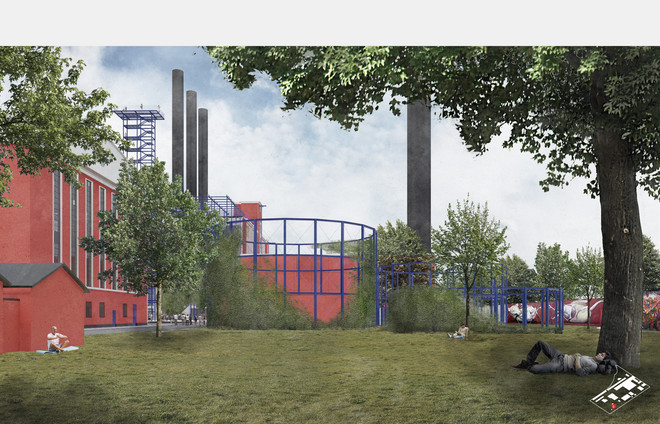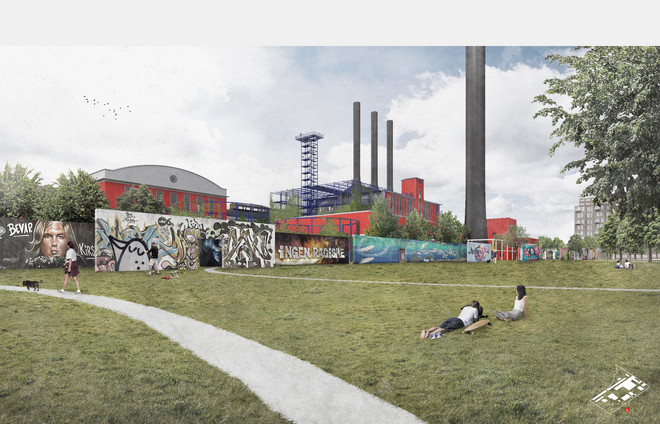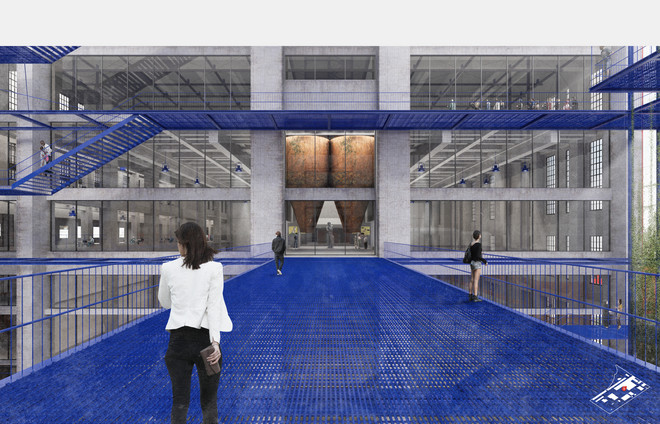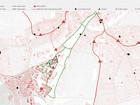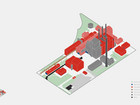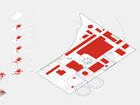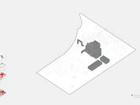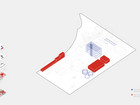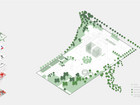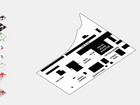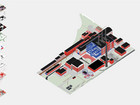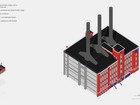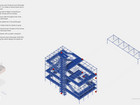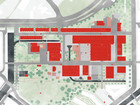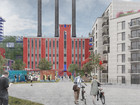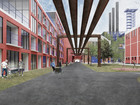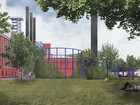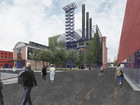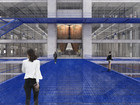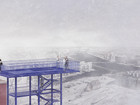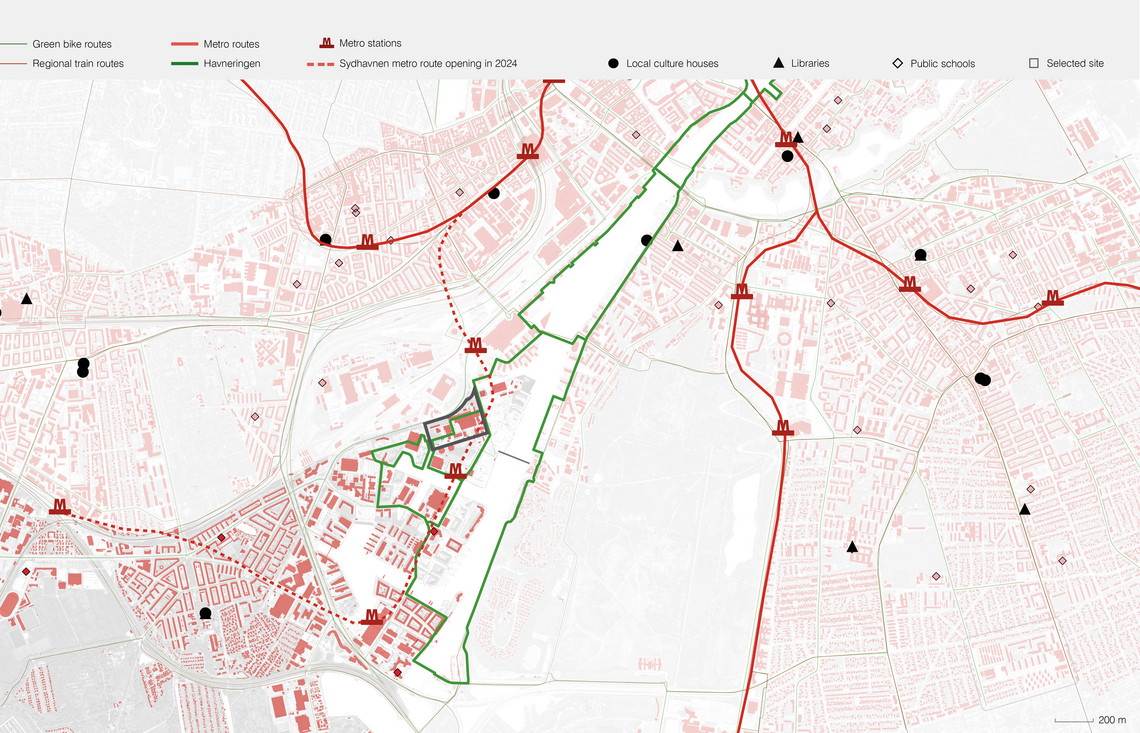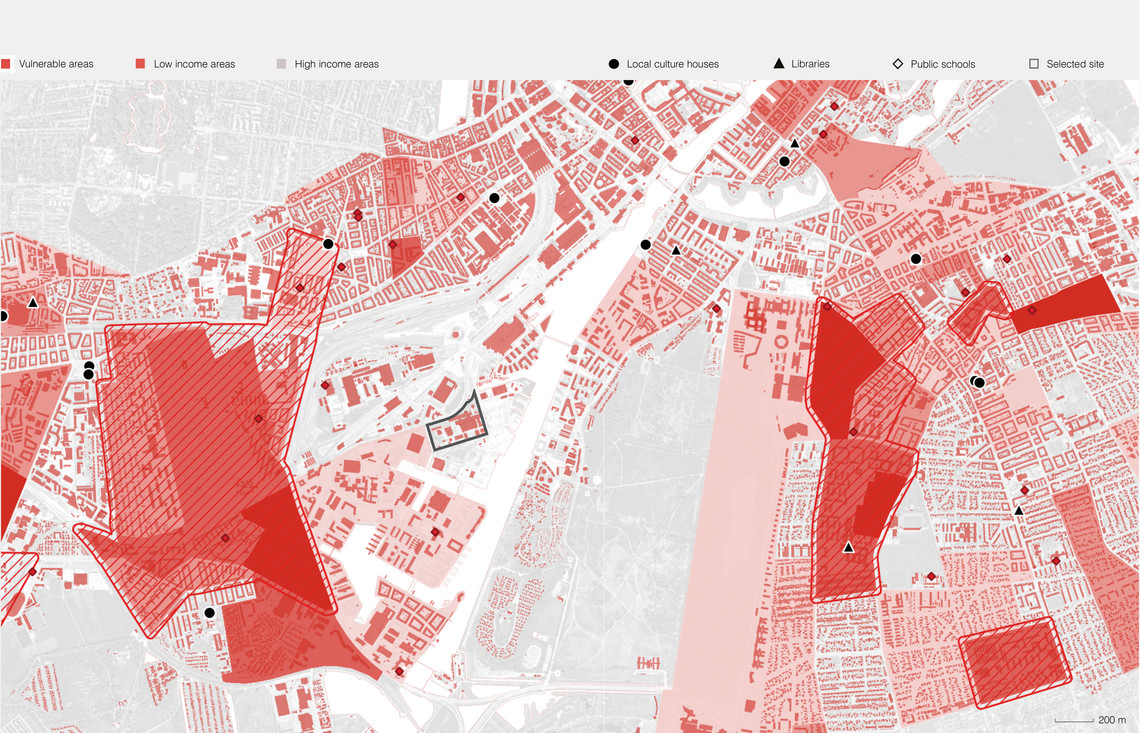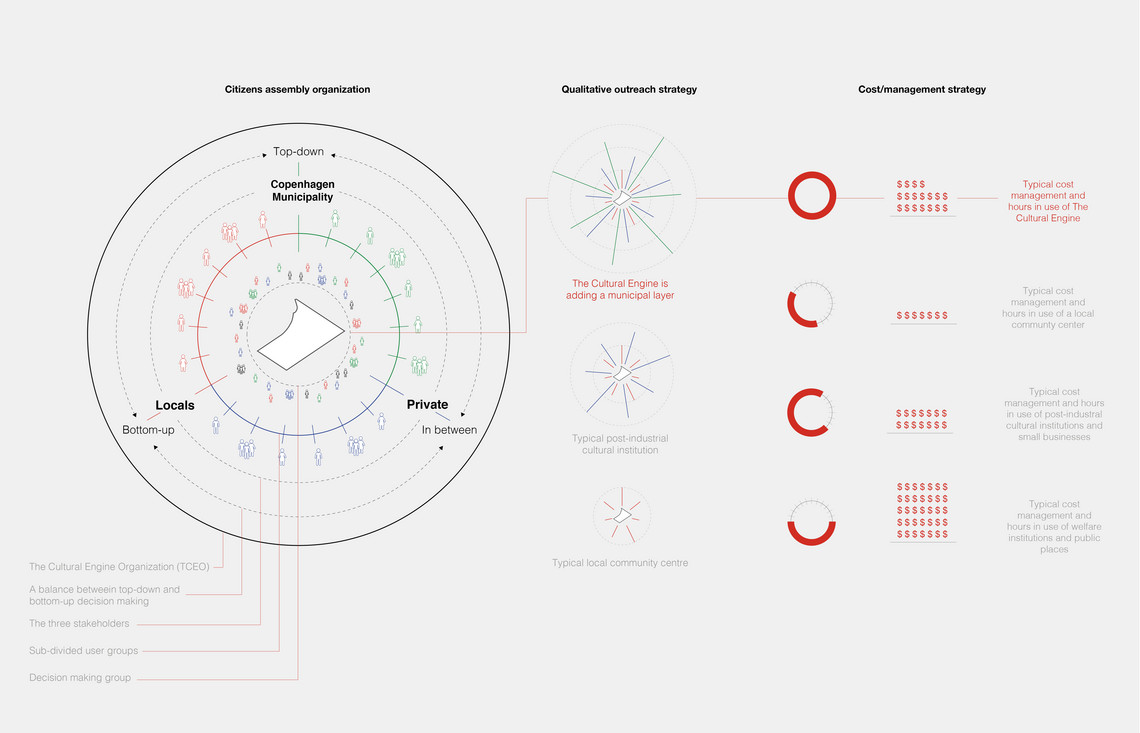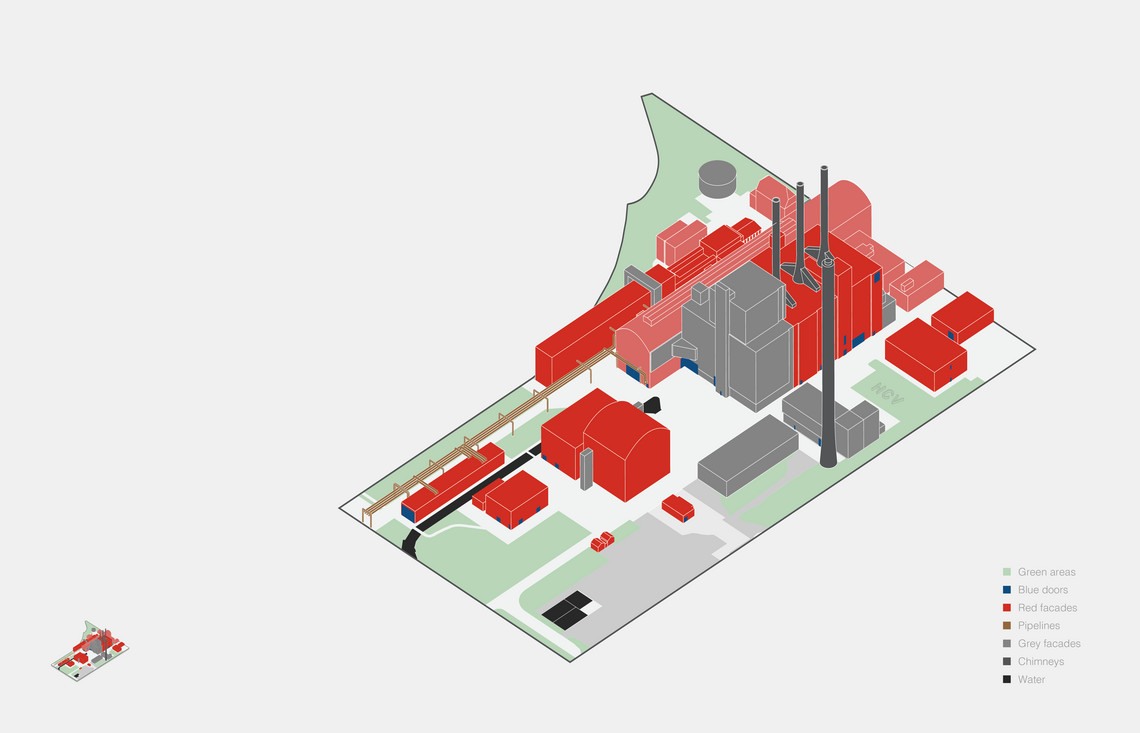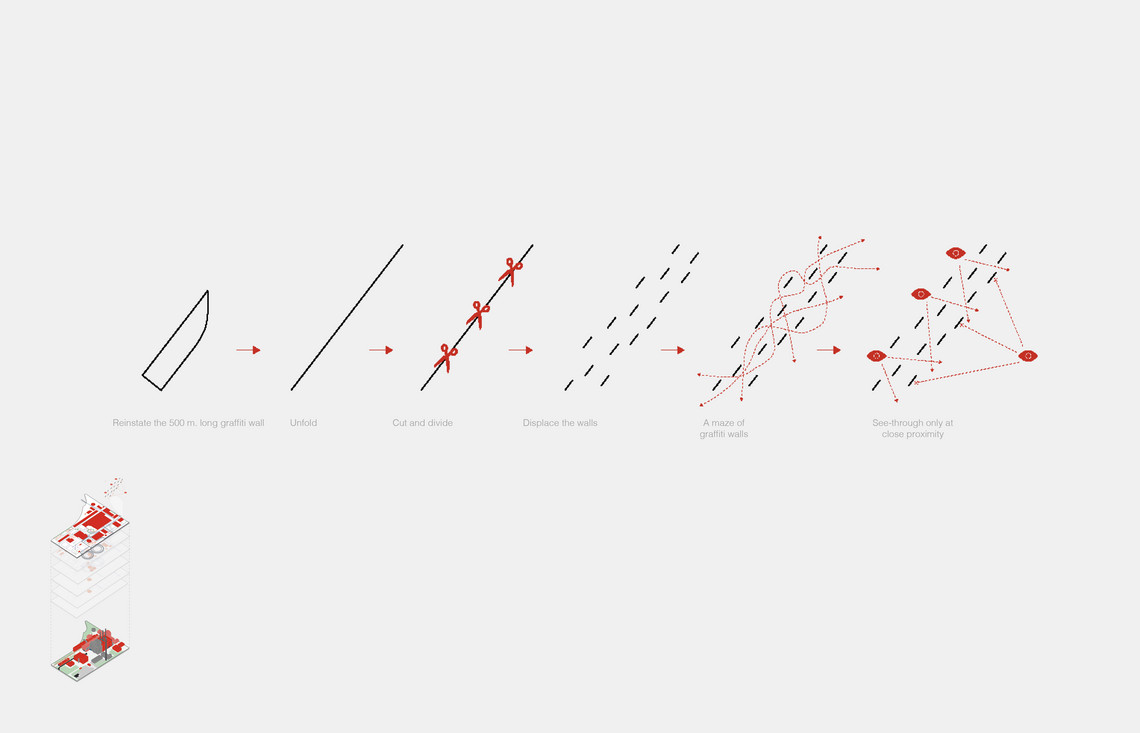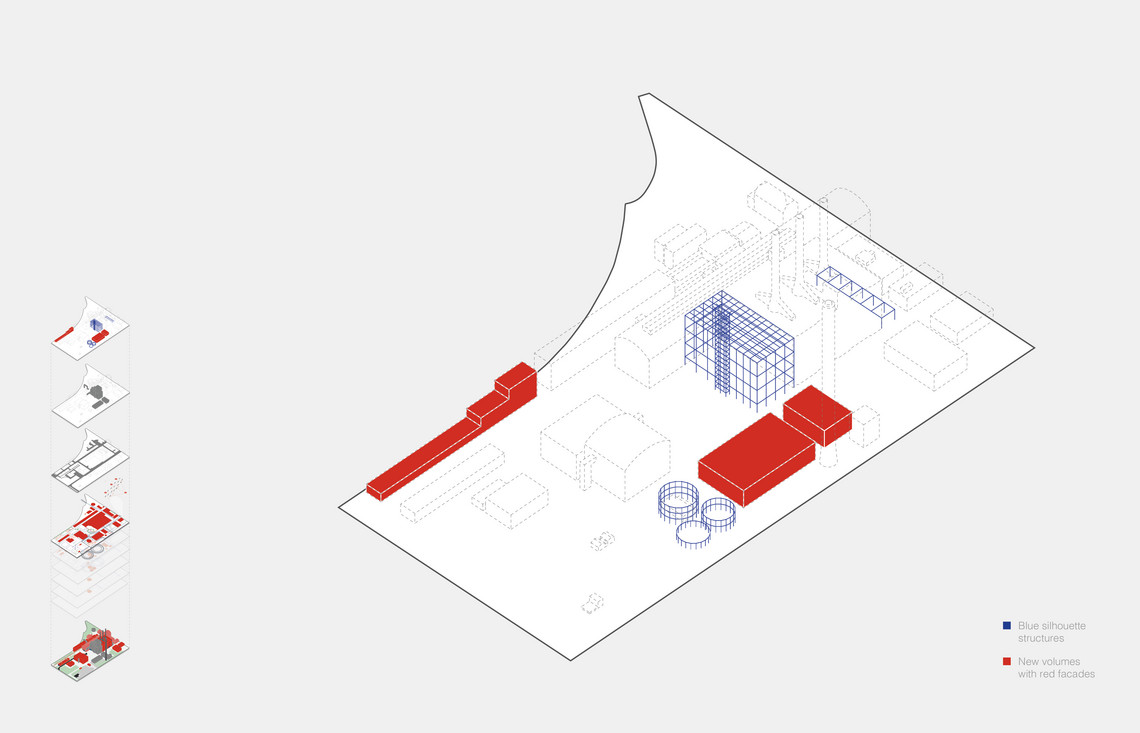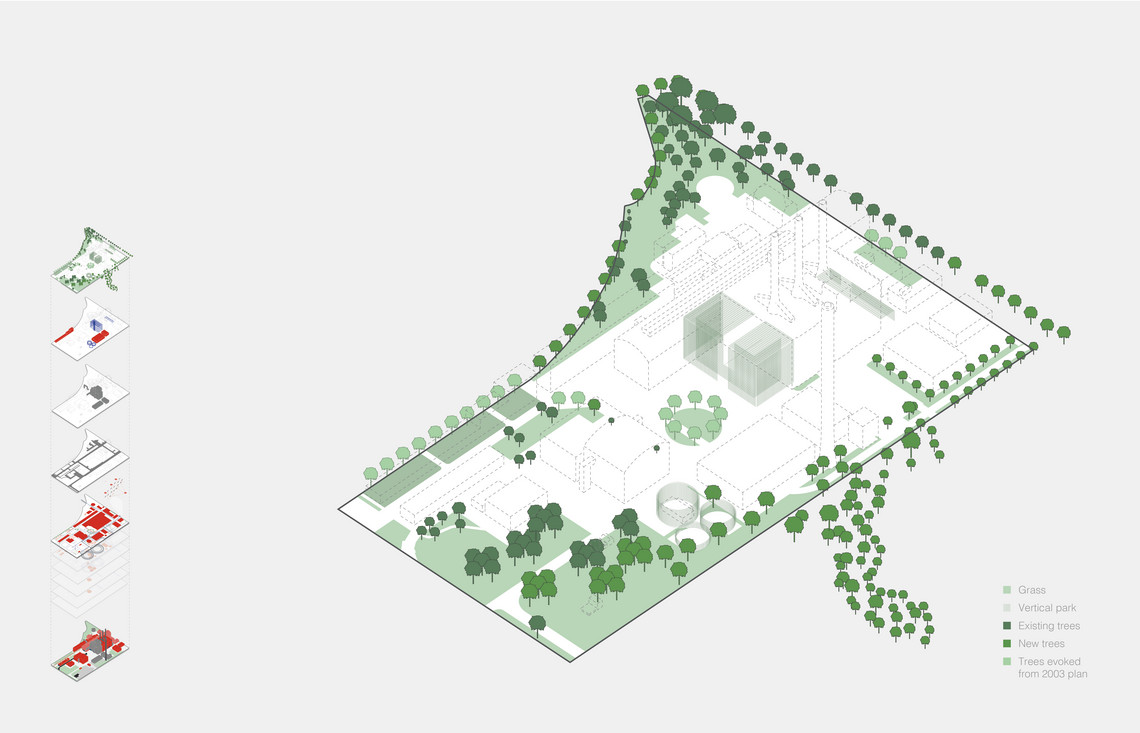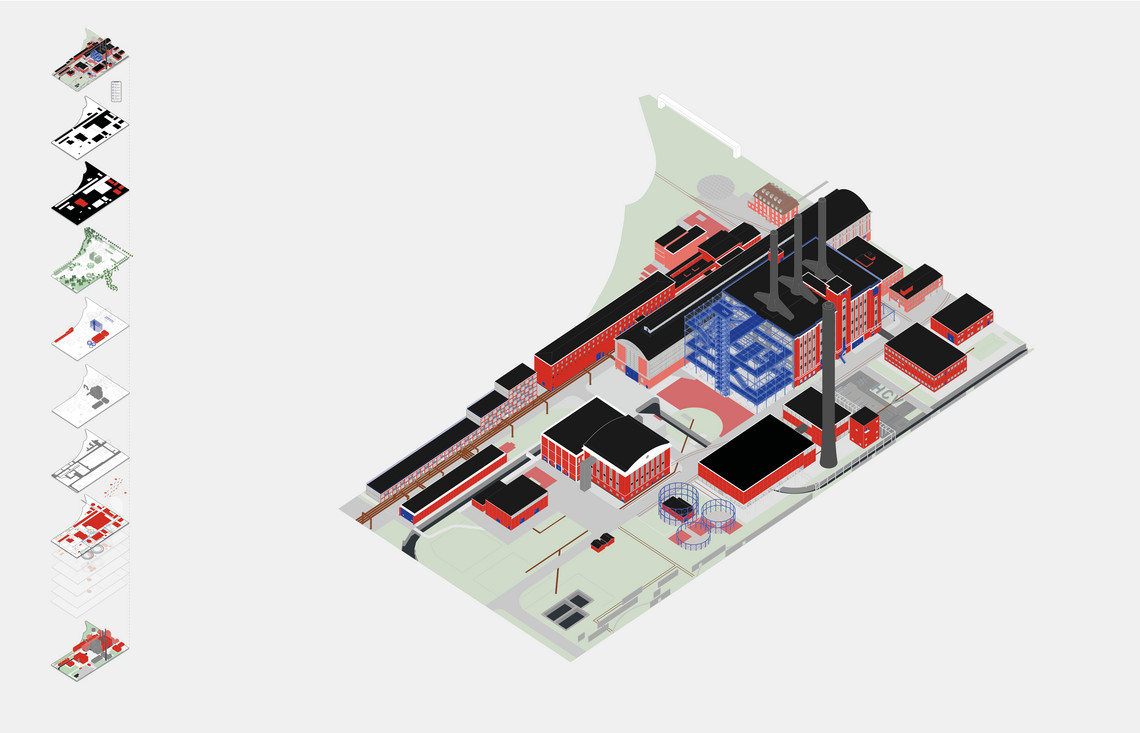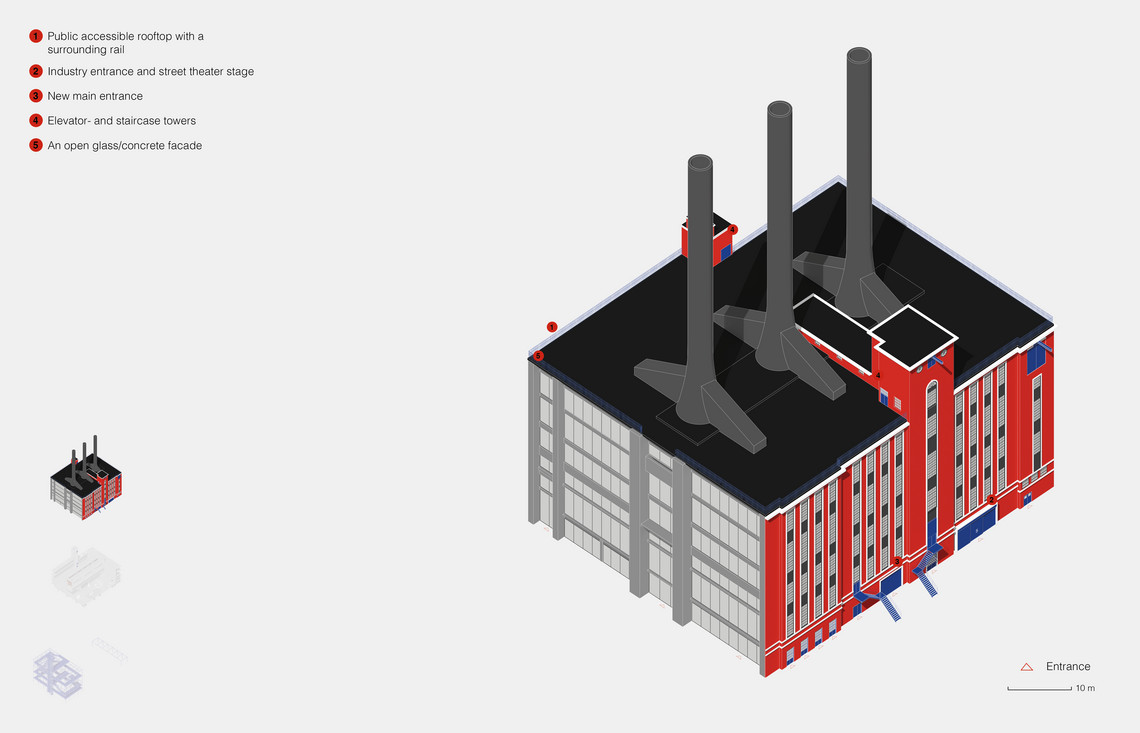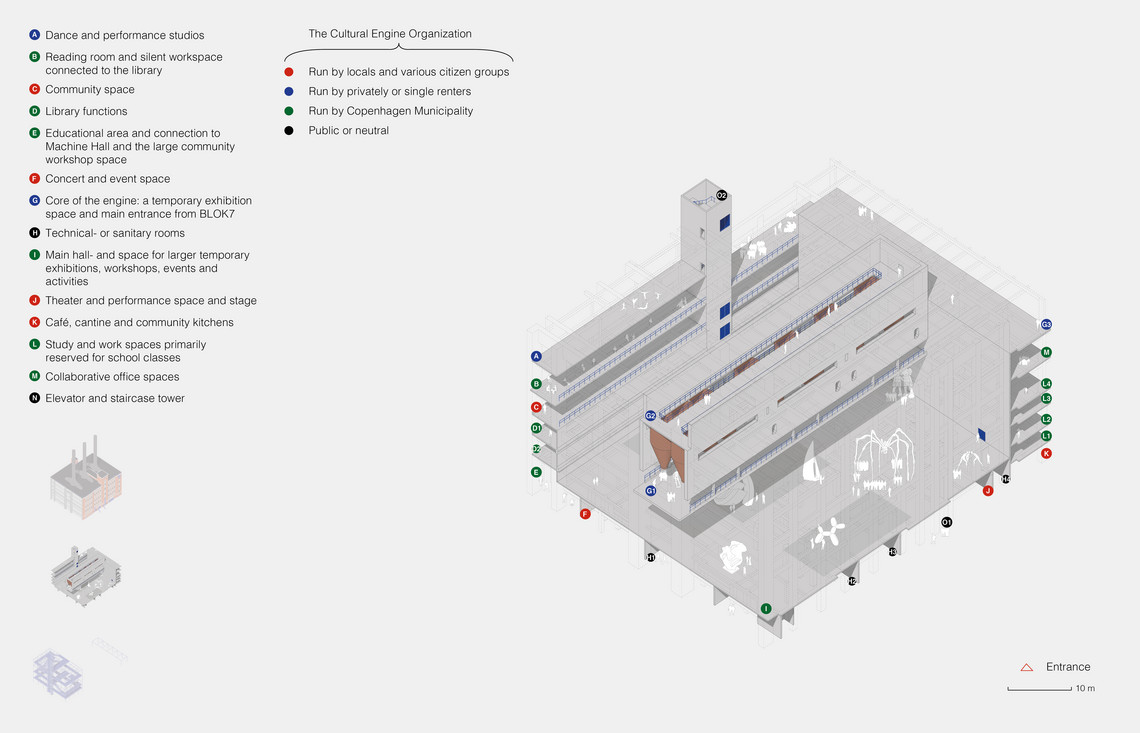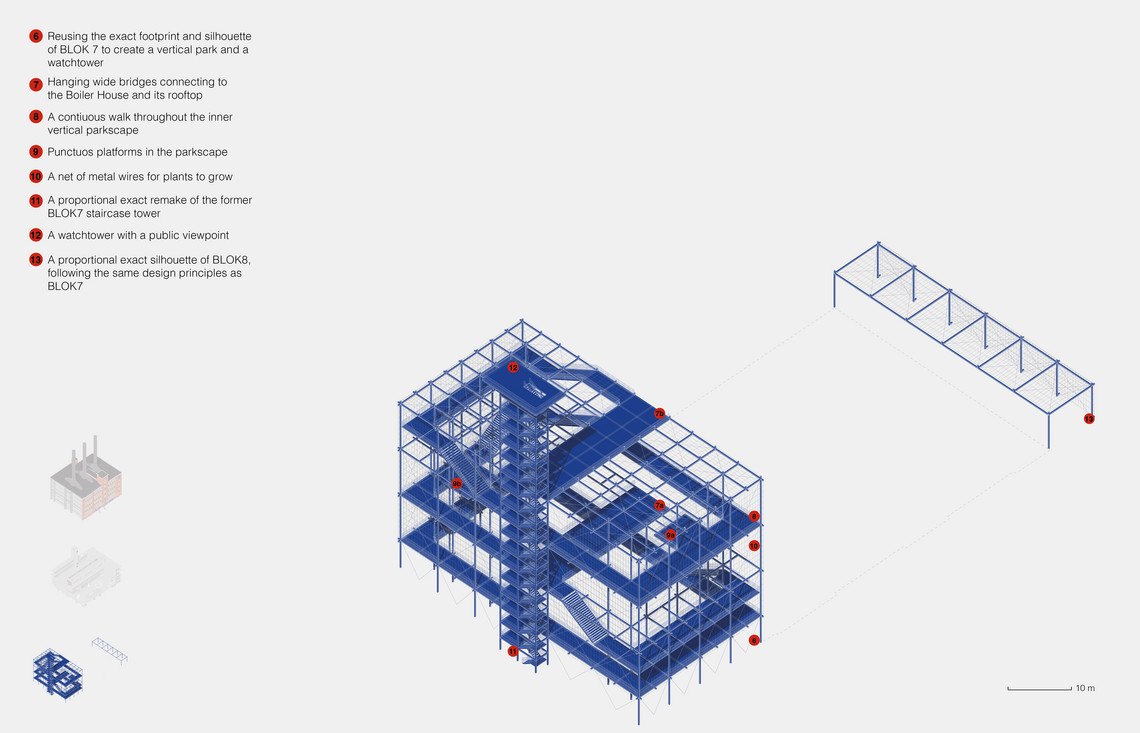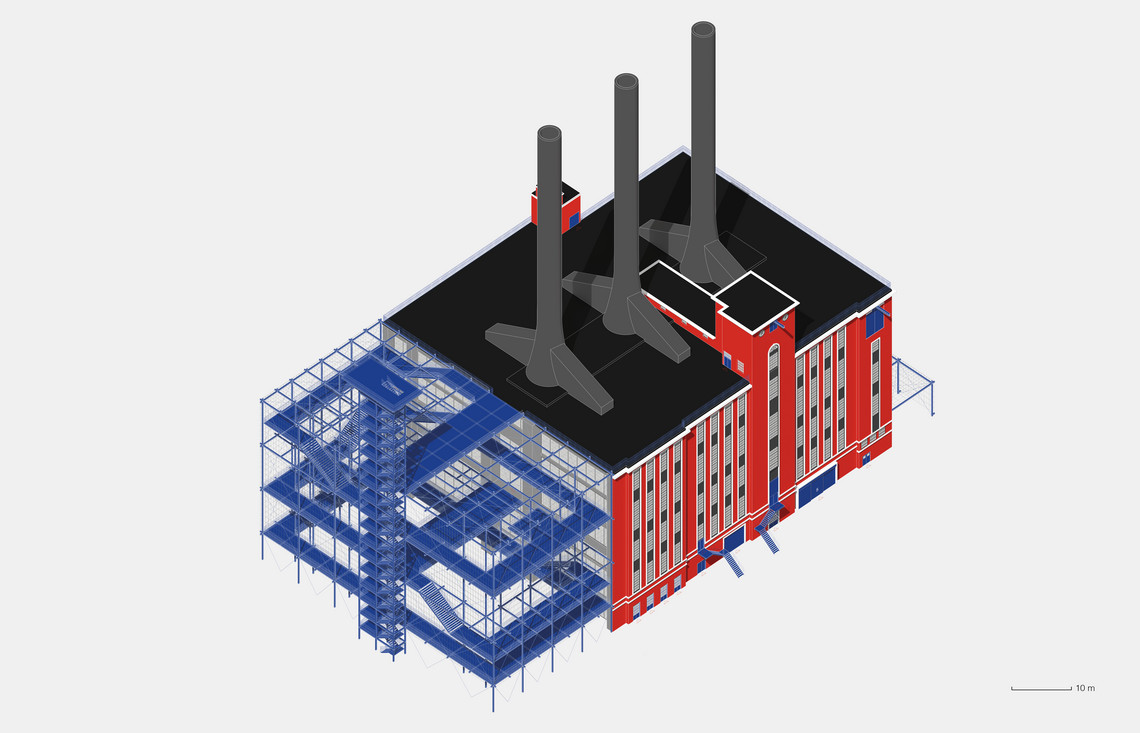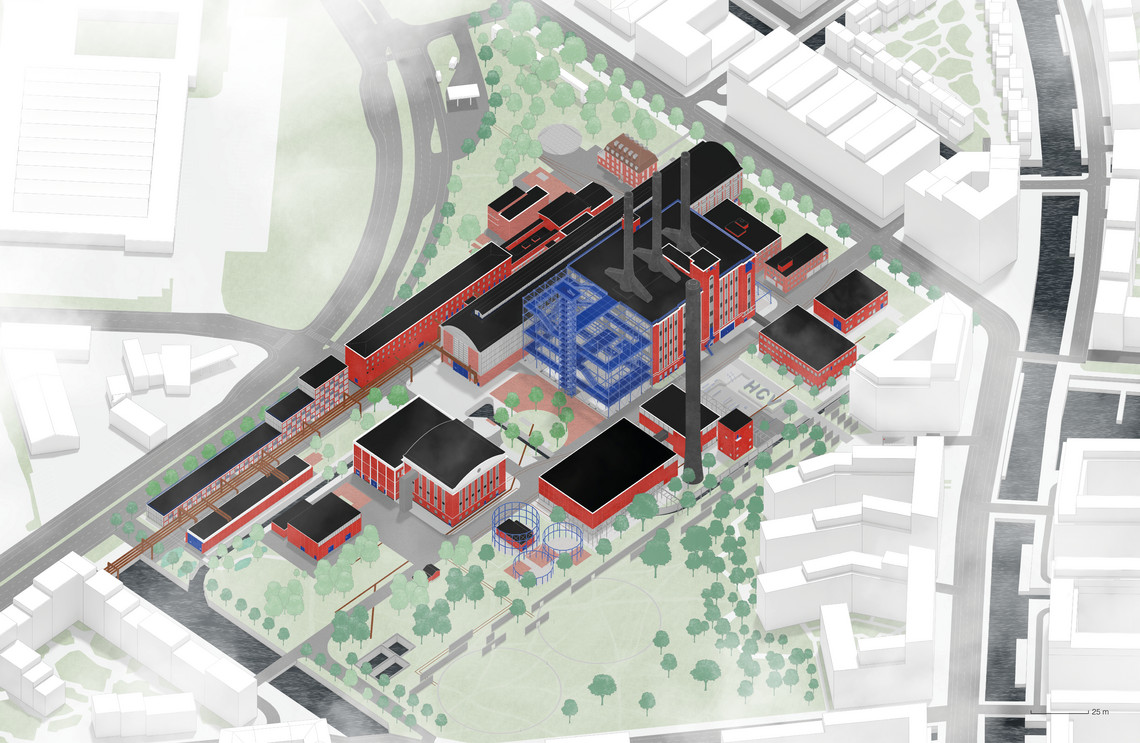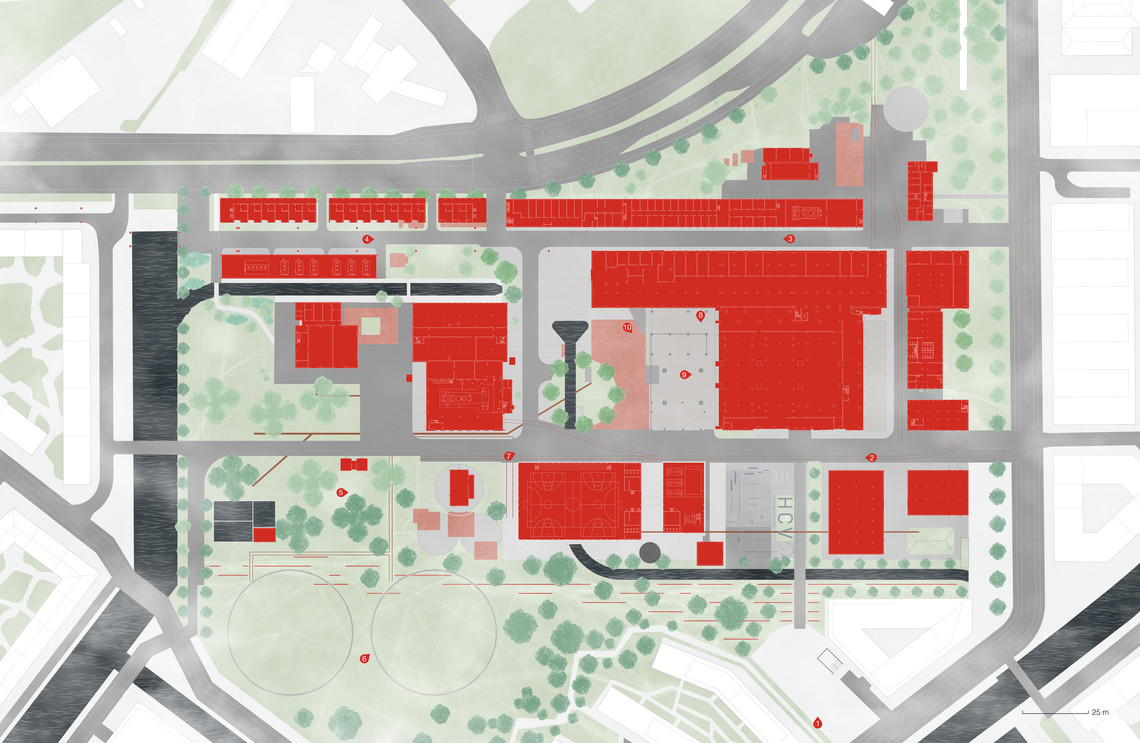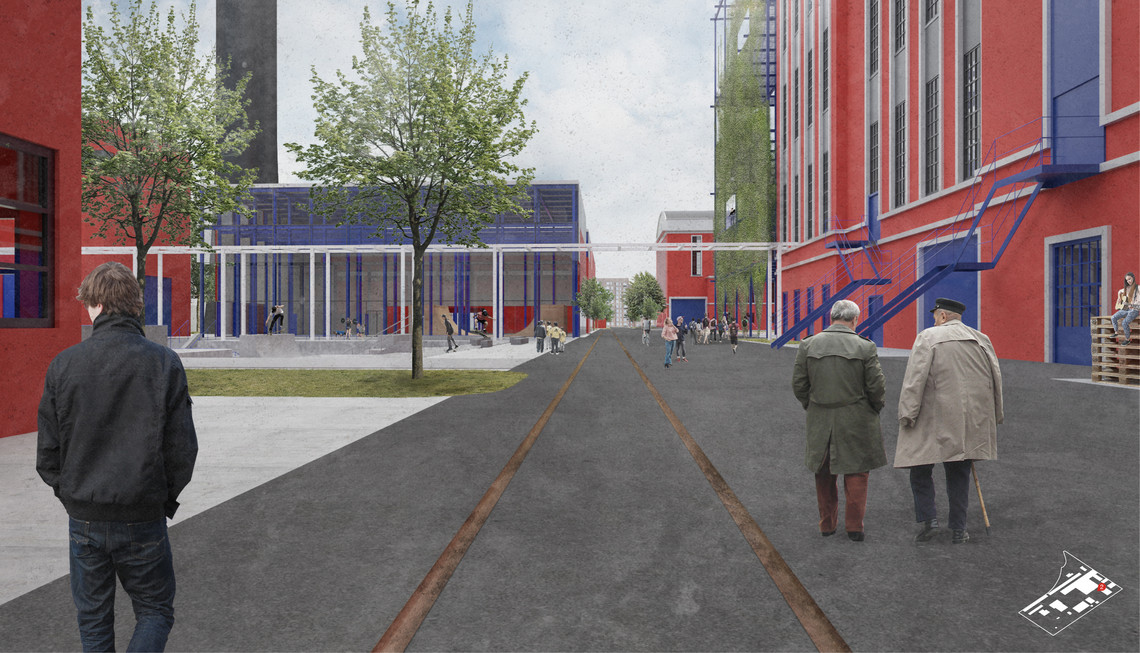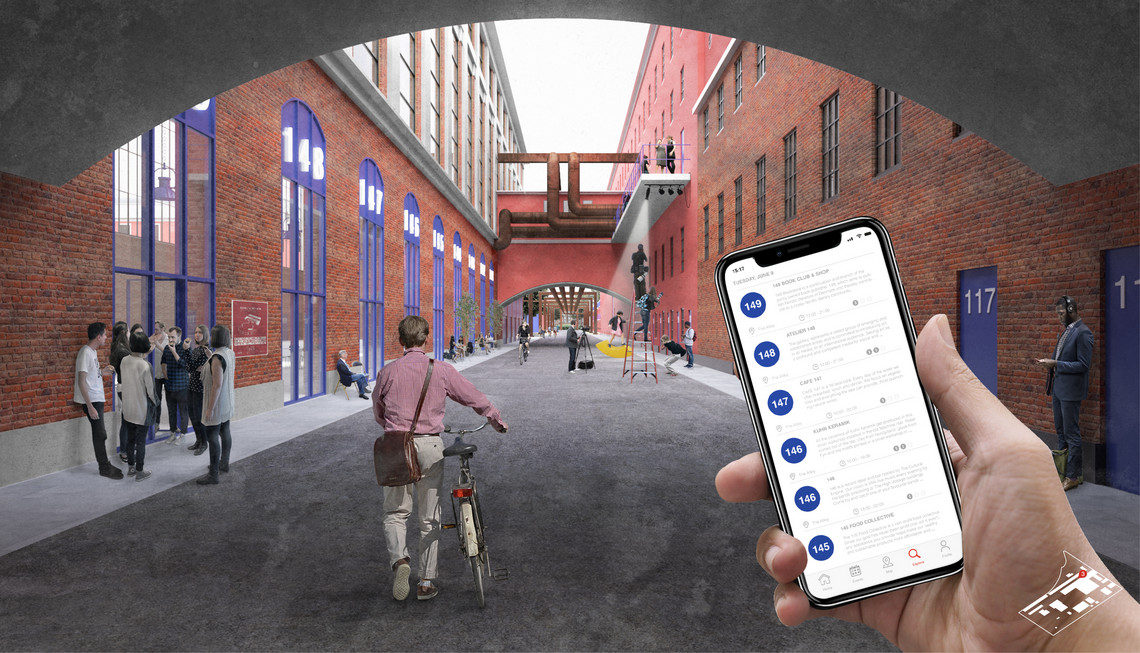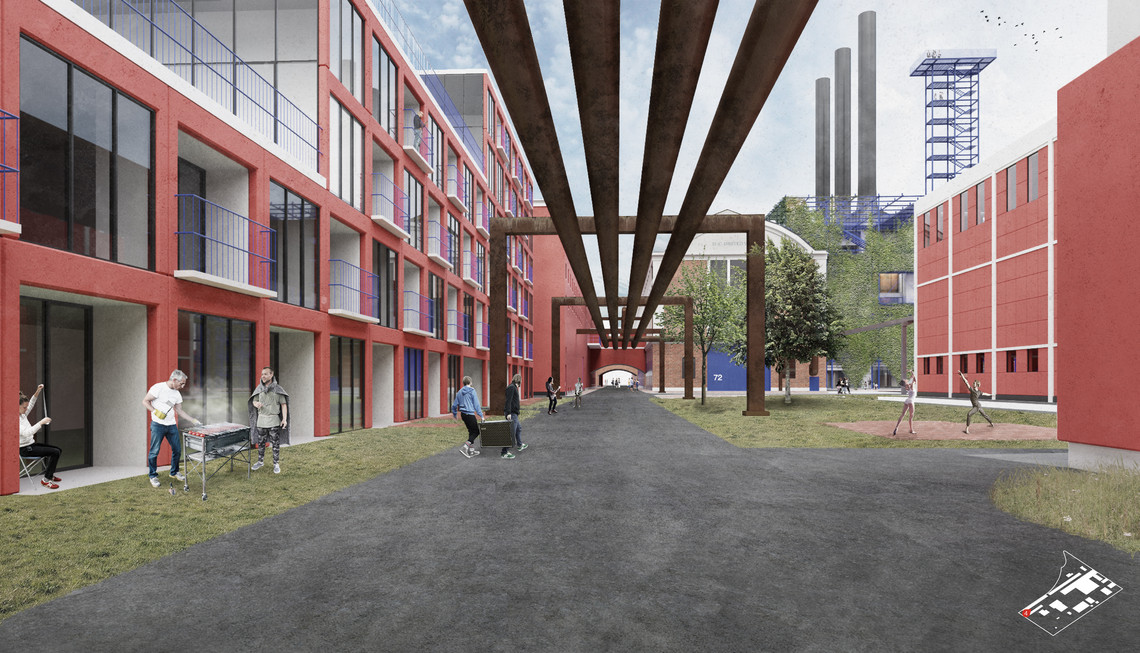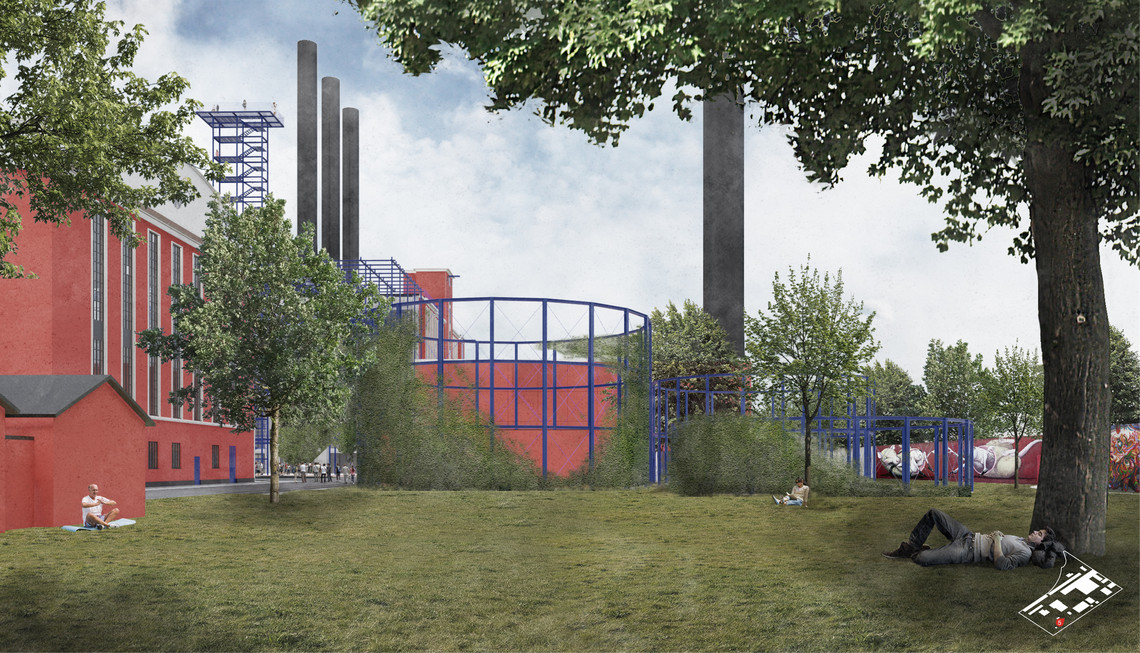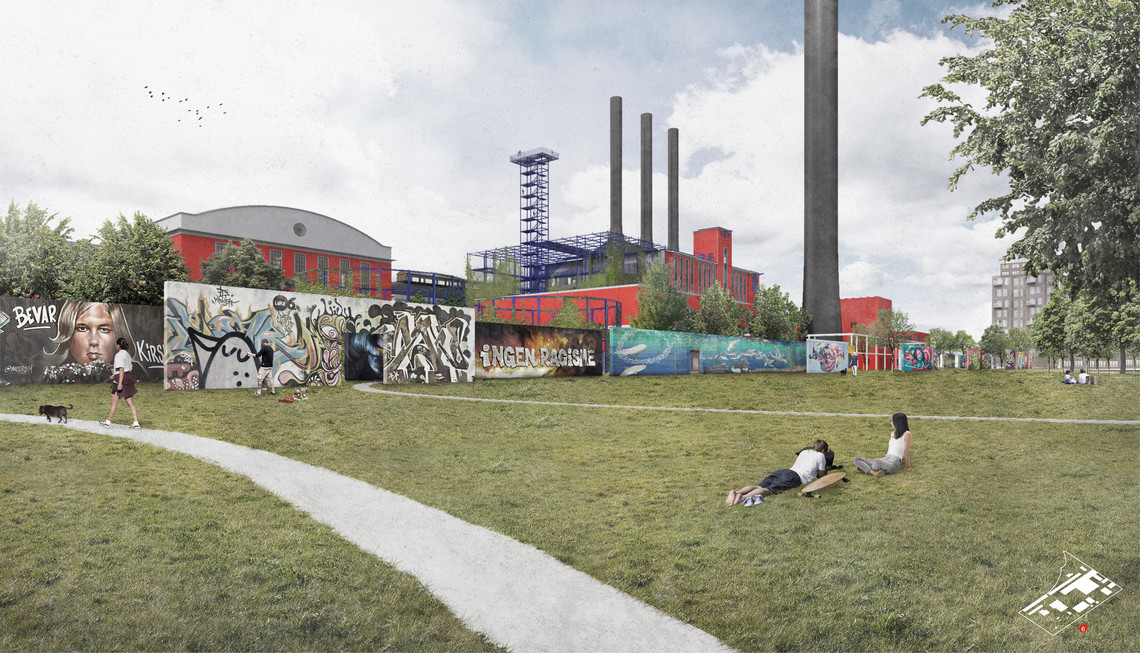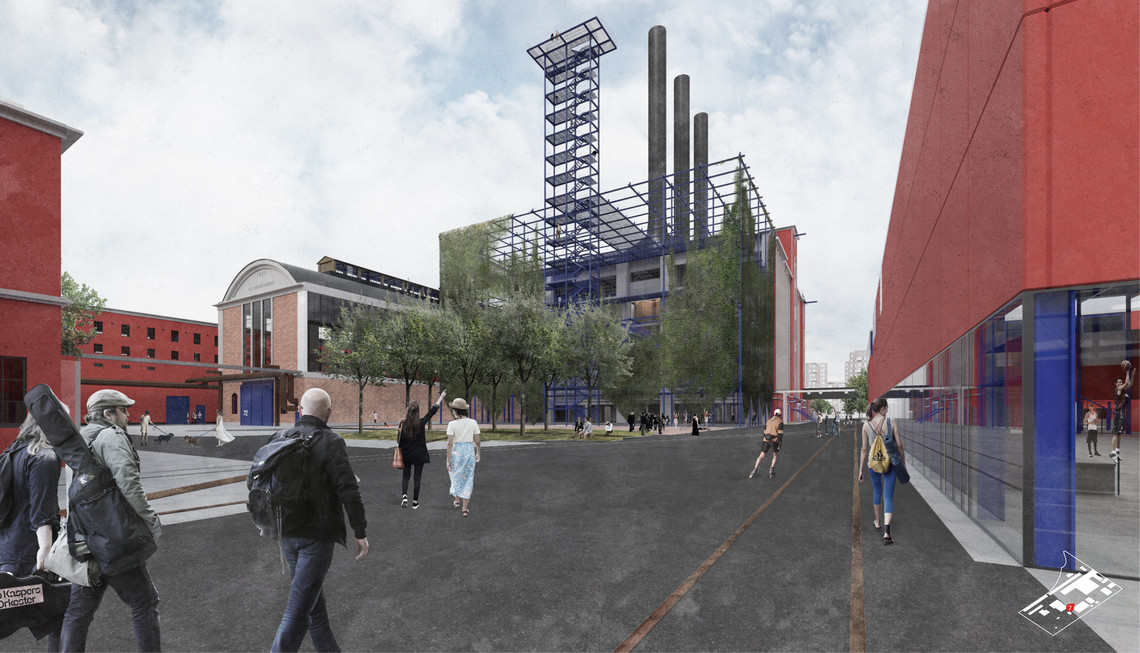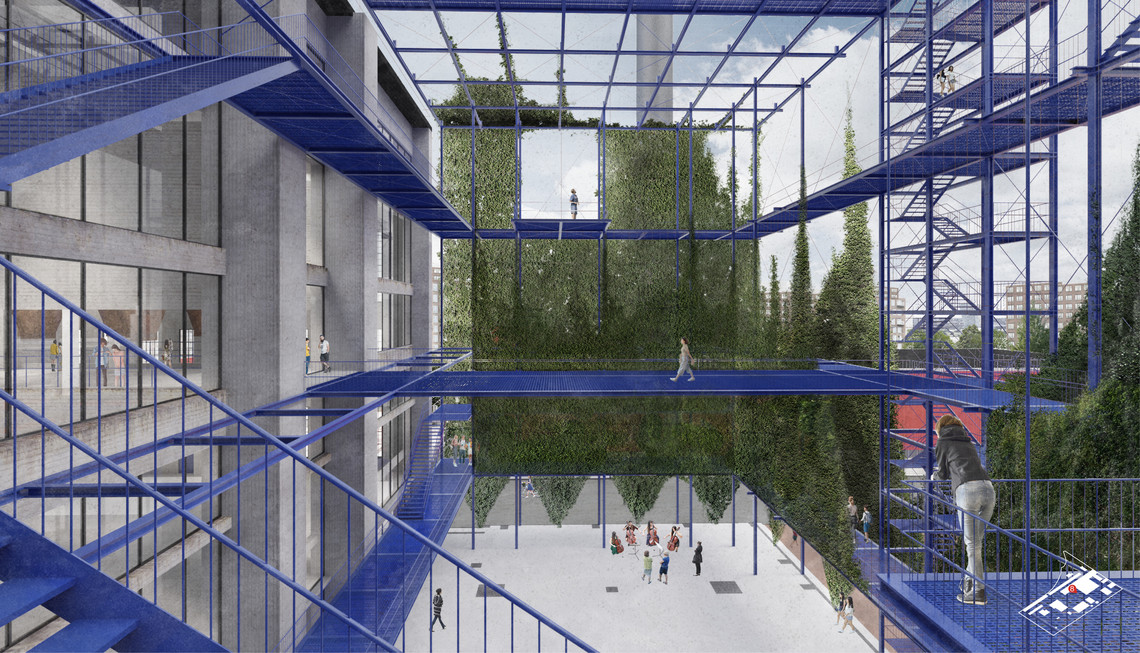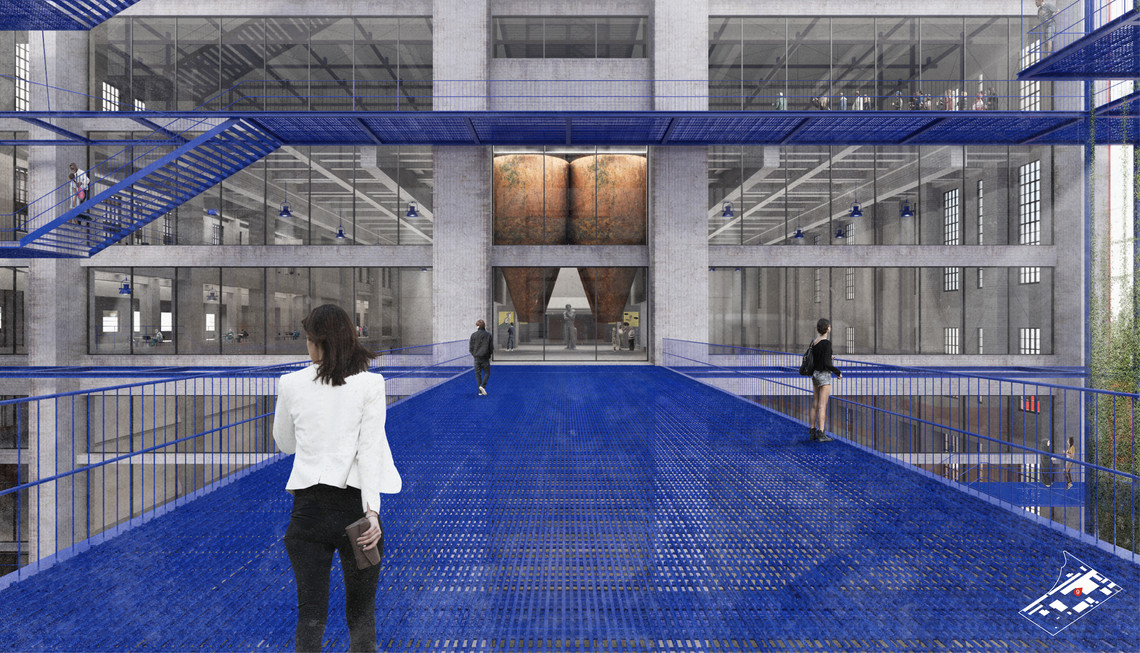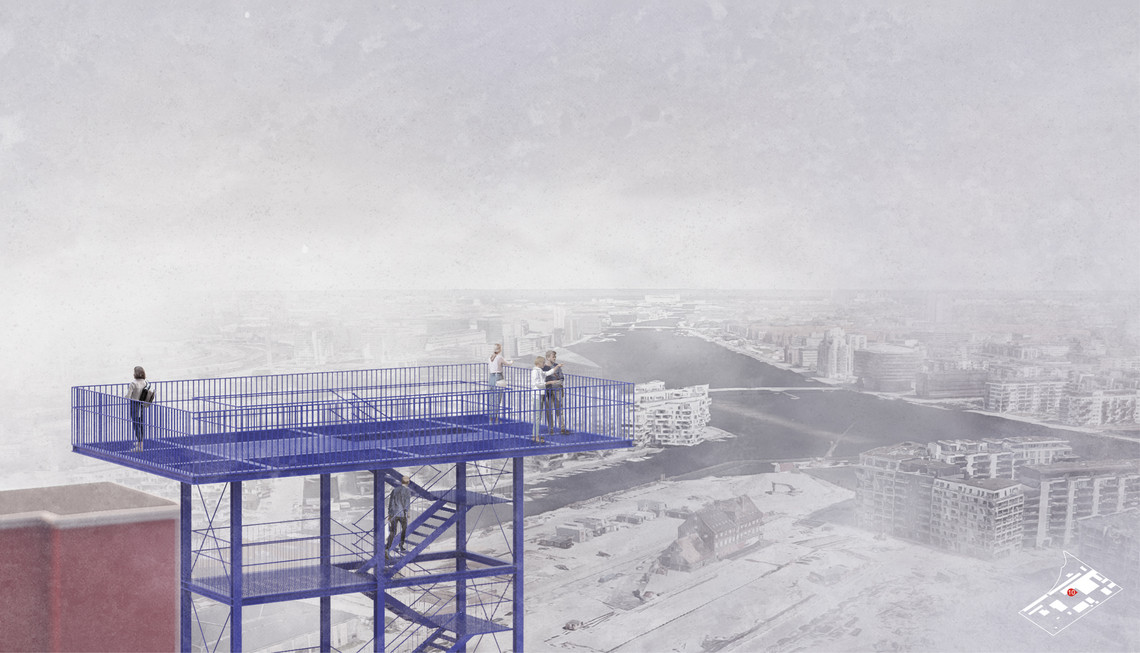
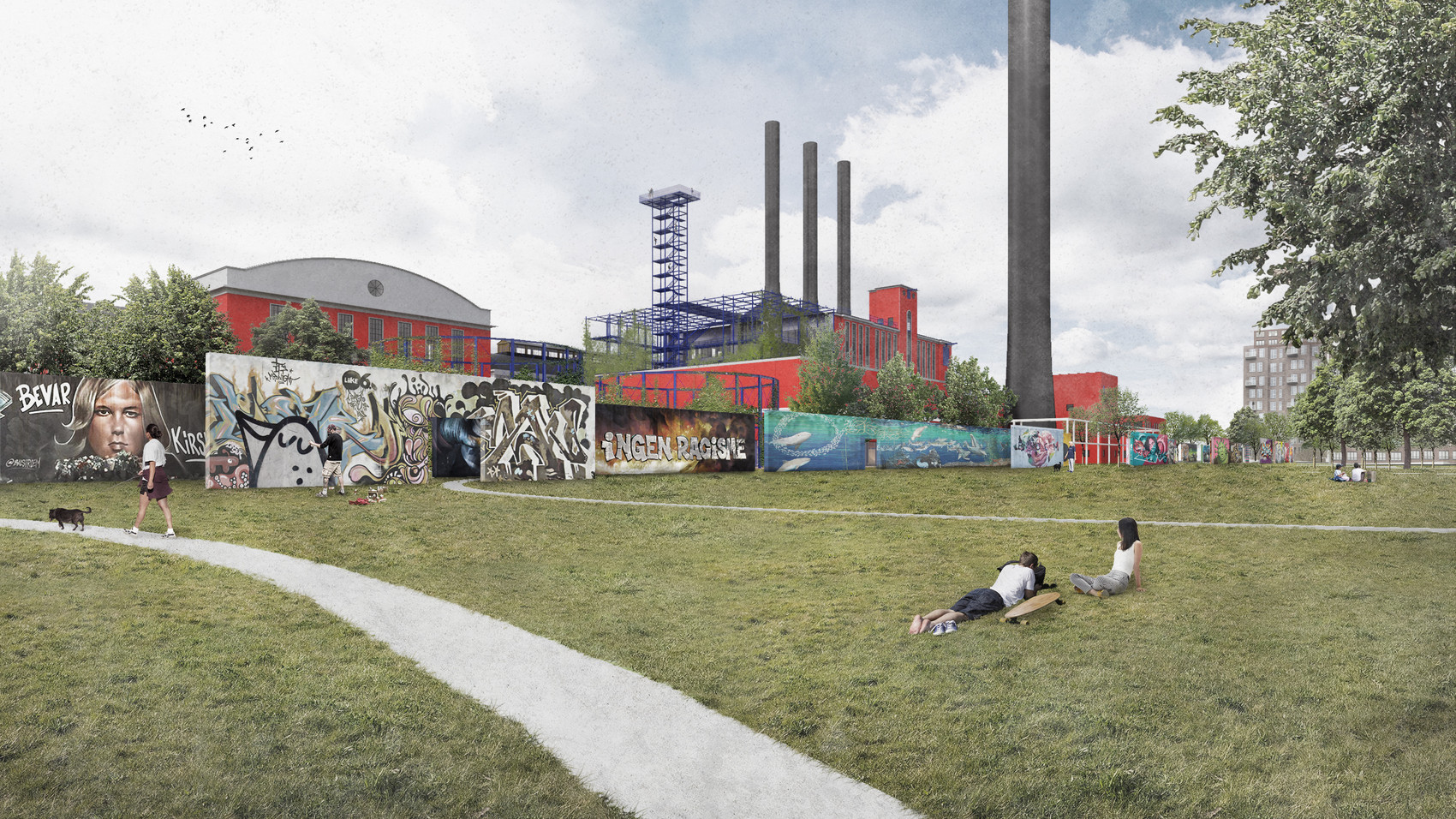
The Cultural Engine
What if H. C. Ørstedværket went from being an industrial engine to a cultural engine?
This project based in Sydhavnen, Copenhagen explores how the powerplant H. C. Ørstedværket can act as a platform for a diverse cultural community.
Since the 1990s, Copenhagen has undergone a radical transformation from nearing bankruptcy to achieving titles such as the most ‘livable’ city multiple times. Although the city is arguably a better place to live today compared to twenty-five years ago, the strive for livability has had its price. The radical urban development has meant an equally radical change in demographics, causing a rise in housing prices, economic imbalances, overall inequality, and an irreversible goodbye to smaller communities.
Today, the post-industrial harbor front is mainly dominated by philanthropic investments in terms of monolithic cultural institutions and City & Port’s need to make money in order to pay back the debt of the metro system. The consequences of this development are most visible in the area of Sydhavnen, where an almost physical demographic border is segregating the new and old parts of the neighborhood. Even though this part of the city has seen the highest rise in population since the transformation of Copenhagen began, the locals have been fighting for a culture house - unfortunately unsuccessfully.
In 1920, exactly a hundred years ago, the only thing in this area was the newbuilt powerplant, H. C. Ørstedværket. Due to new infrastructure and the soon-to-be opened metro station in 2024, H. C. Ørstedværket has gone from being very remote to being very centered, located almost exactly on the line of the old and new Sydhavnen.
We have now entered the fourth industrial revolution and, after having played a great role in the industrial challenges we were facing in the 20th century, powerplant’s now outdated technology means that a large part of its buildings will lose their current use, and slowly will be phased out in the coming years. This also means that a unique opportunity for a repurpose of H. C. Ørstedværket has risen. As a response to our cultural challenges and needs in the 21st century, this project’s vision is to exploit this opportunity and transform the power plant H. C. Ørstedværket from an industrial engine to a cultural engine.
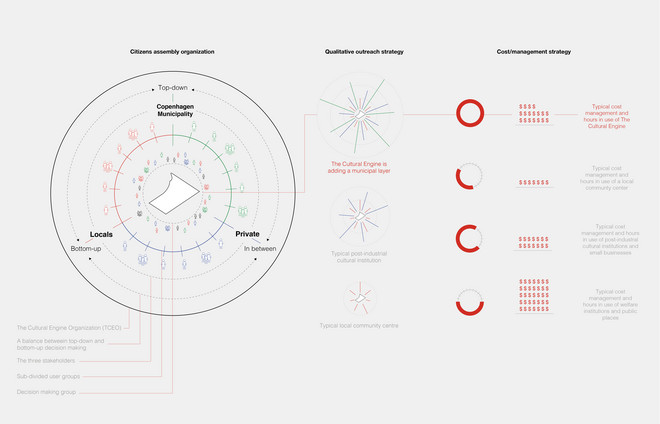
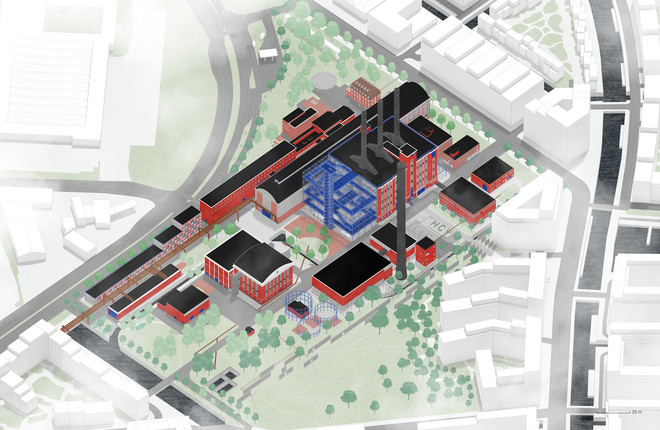


___________________________________
Det Kongelige Akademi understøtter FN’s verdensmål
Siden 2017 har Det Kongelige Akademi arbejdet med FN’s verdensmål. Det afspejler sig i forskning, undervisning og afgangsprojekter. Dette projekt har forholdt sig til følgende FN-mål